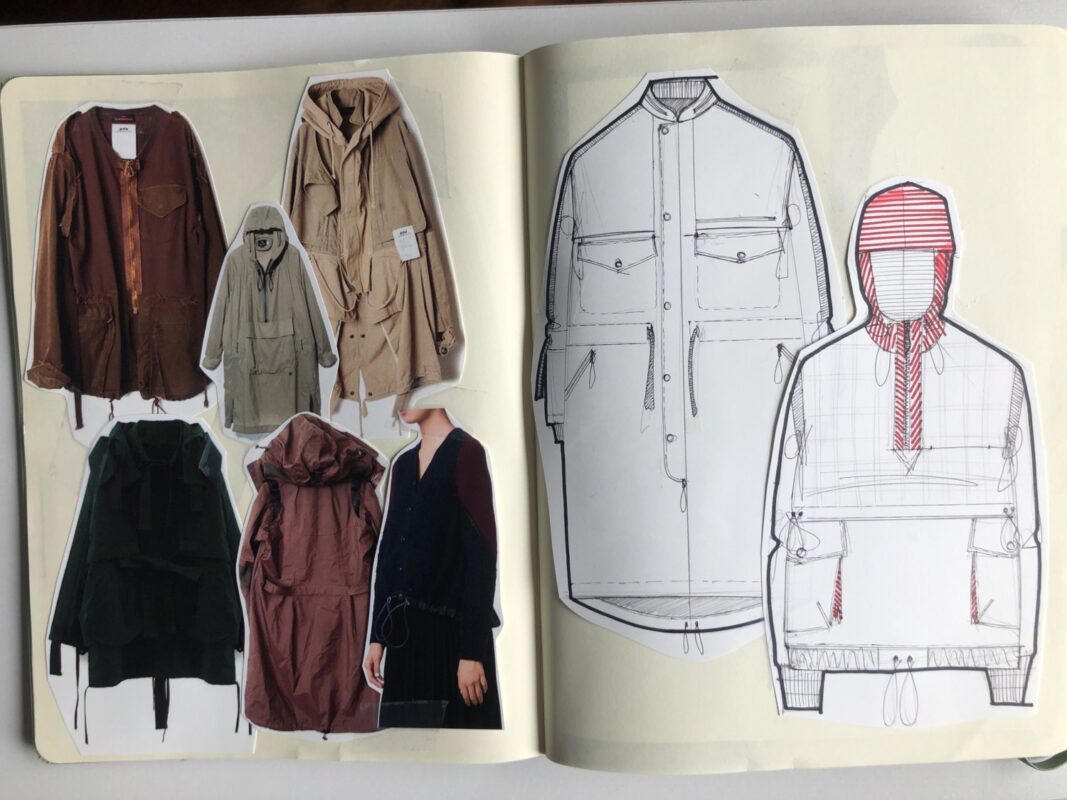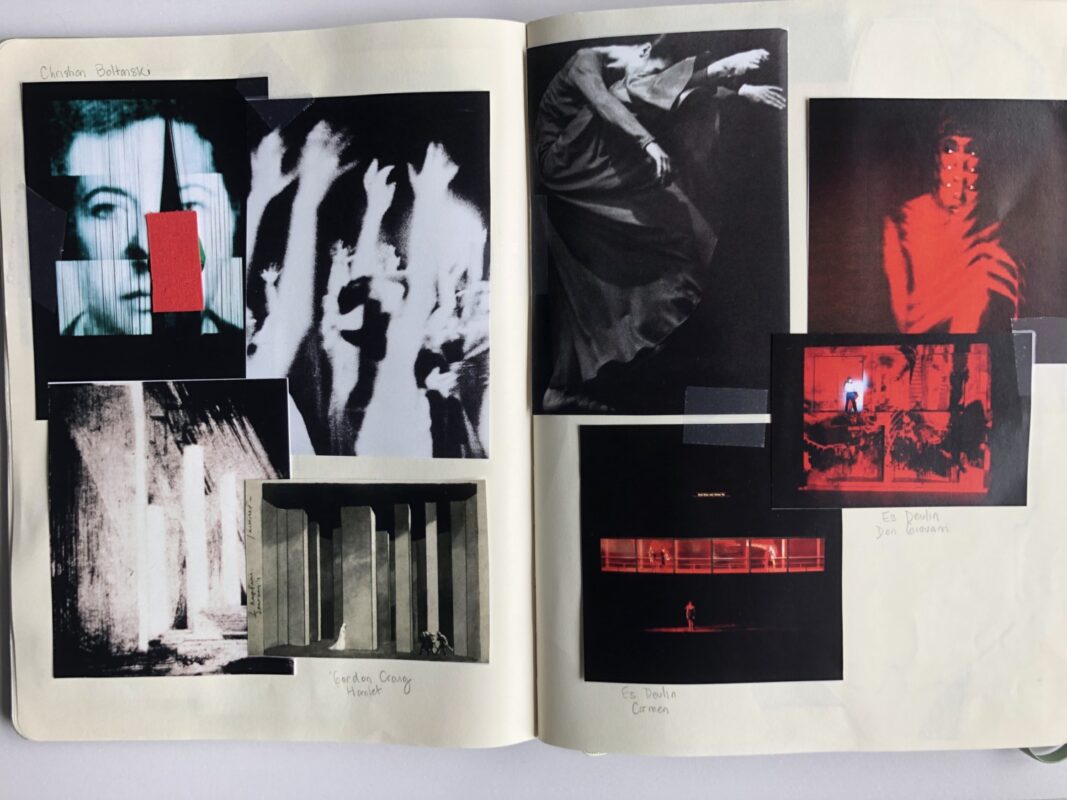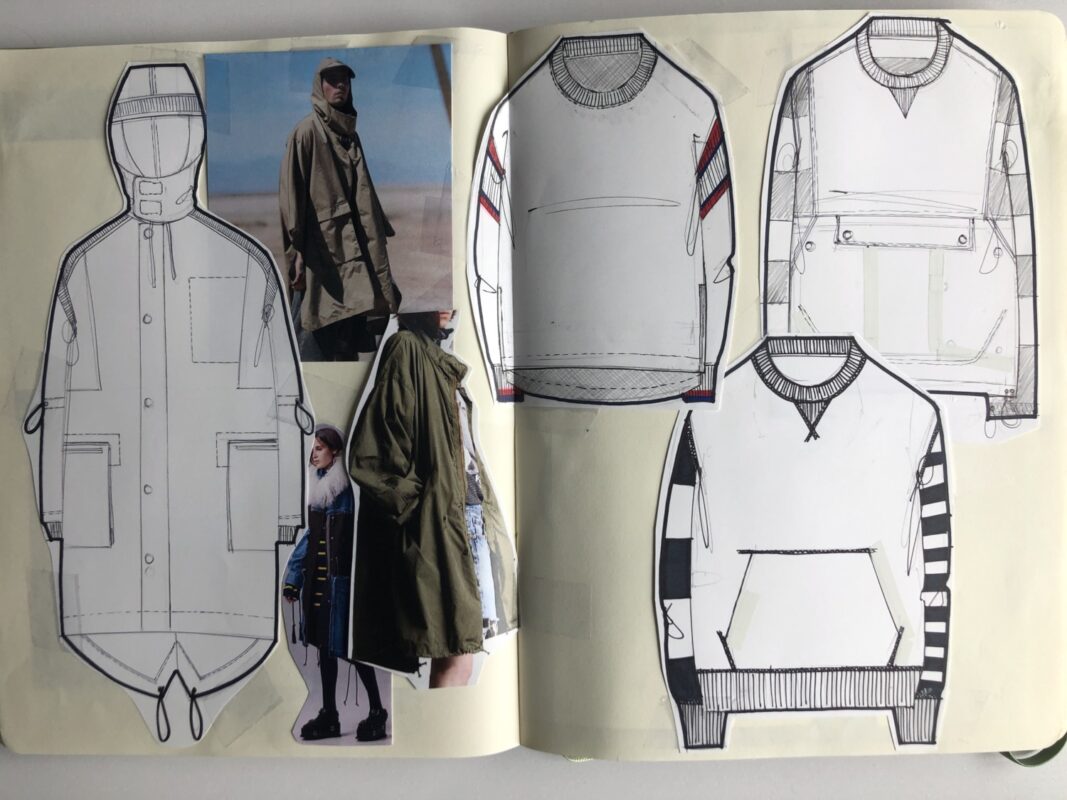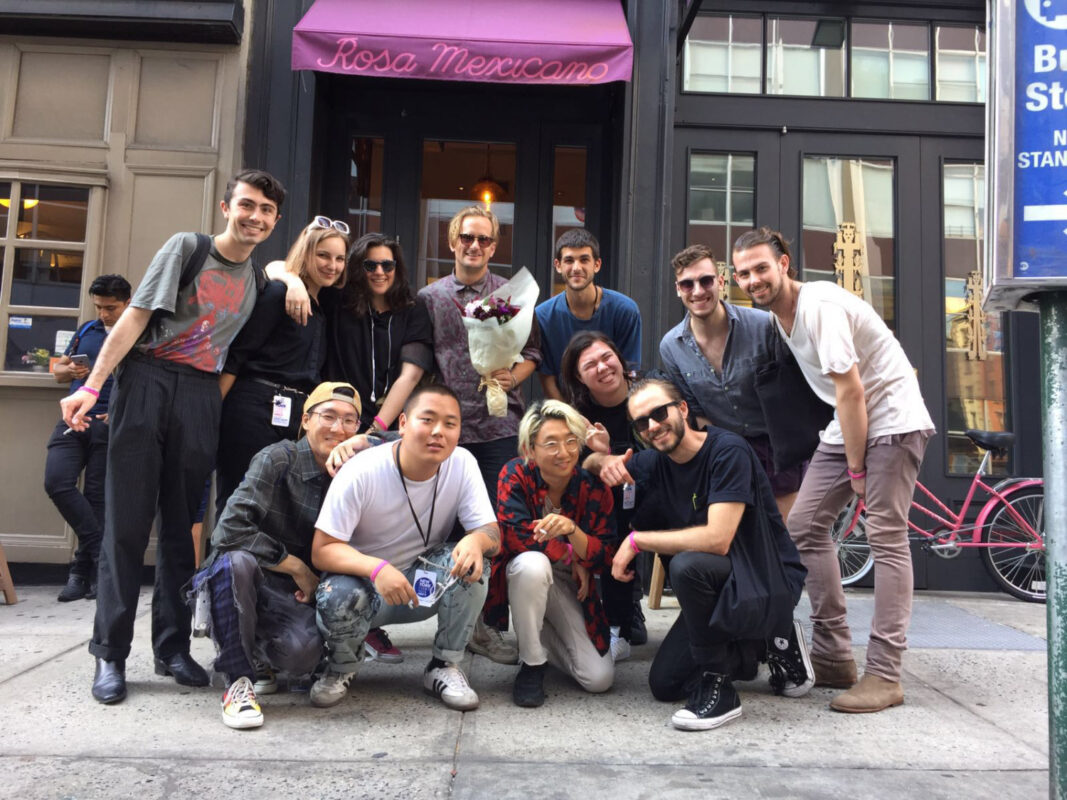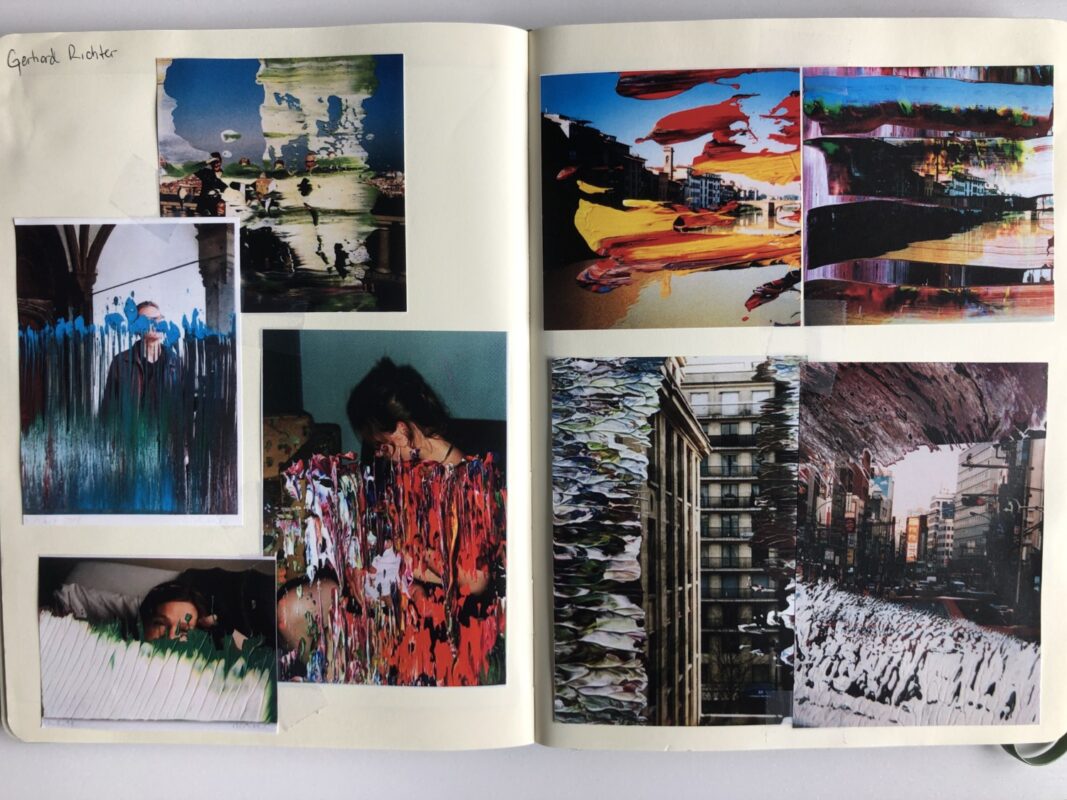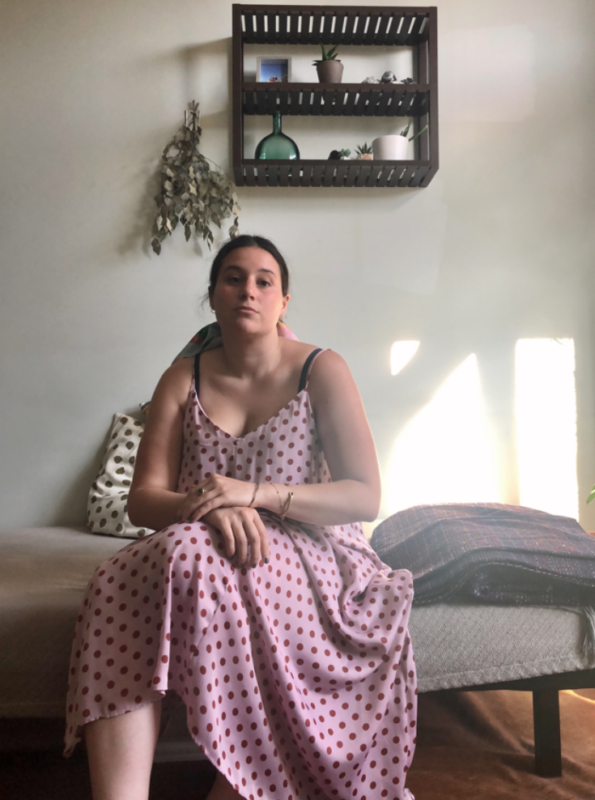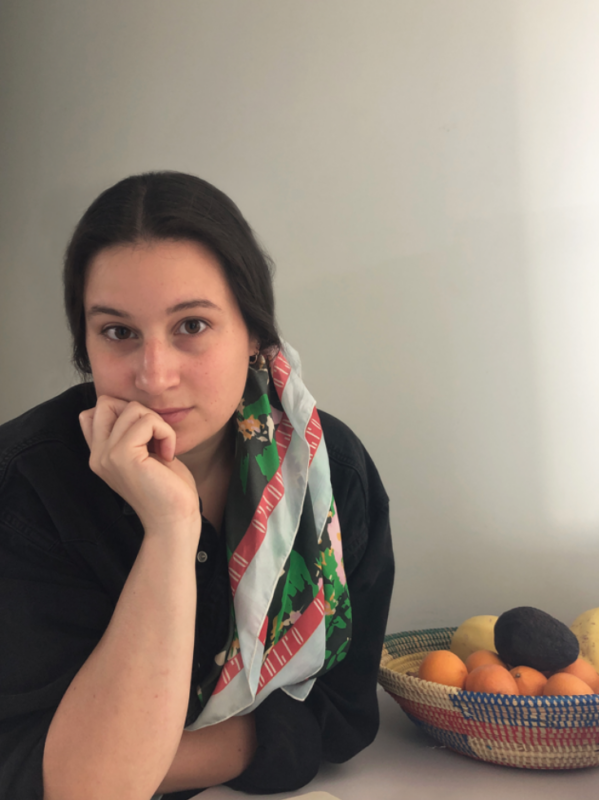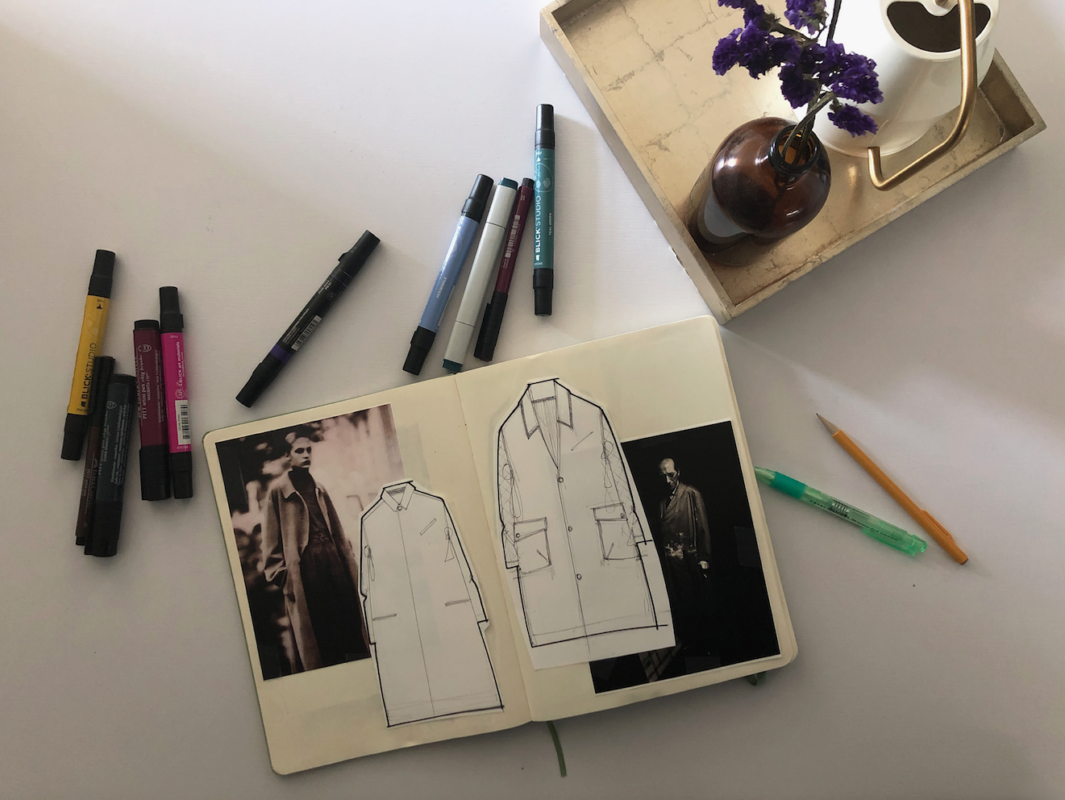Carolina Dalfo is a Fashion Designer and Design Consultant based in New York. She has worked for leading brands such as Ralph Lauren, Robert Geller, Opening Ceremony, and Gustav Von Aschenbach. Her work has been featured in publications such as Vogue, Vogue Russia, Vogue France, Women's Wear Daily, The Washington Post, The New York Times, W Magazine, Esquire, and The Impression.
I talked to Carolina about how she started her career in fashion, the challenges she faced as a Latina living and working in the fashion industry in the Big Apple. Also, about the importance of inclusion and diversity.
How did you start your path in fashion?
I got into Art at a young age, but I am not sure what exactly brought me to study Fashion. I attended UADE in Buenos Aires, where I am originally from, and graduated with a BA in Fashion and Textile Design in 2012. The university had an experimental approach to Design and the idea that there is something else to be said about it, that Fashion is more than clothes was really captivating to me. Seeing how sometimes Fashion is dismissed as a shallow practice amazed me as a student -and still does. It reflects who we are, an accurate mirror of our times and an archive of who we were in the past. After working for several Argentine brands and producing some Runway Shows at the Buenos Aires Fashion Week, I moved to New York to attend the School of Visual Arts for a MA in Critical Theory and the Arts. After graduating from SVA, I worked for brands such as Robert Geller and Opening Ceremony and on special collaborations with Lululemon and Hare, amongst others. Currently, I work at Ralph Lauren and recently launched my own line of silk scarves.
What is your role in Ralph Lauren and what activities do you do?
I am part of the Polo Men’s Knits team. It is a pretty small team, so we are all involved in the design process from start to finish. We begin each season with an extensive research of the market and previous Ralph Lauren collections to define seasonal aesthetics and where we want to go. After that, we move on to sketching and coloring - that is the fun part of the process. We go through several rounds of revising, redesigning, and recoloring until we consider the line is balanced. Sometimes it is hard for me to edit down because I get attached to a lot of my designs, but editing is a big part of the process and dropping styles is sometimes necessary for the benefit of the whole. Once we reach that point, we start working on the technical part of the collection in which we make construction, art and trim pages for other teams and partners to have all necessary information to develop it. It is a multi-step but fast process of creation.
How is like to be a Latina working in fashion in NY, what challenges have you faced?
My family is in Buenos Aires and so are my childhood and university friends. I am lucky to have amazing friends -some of who I consider part of my family- in New York, but for a while it was tough. Fortunately, there are always plenty of ways to communicate available, but to this day, if I stop and think where I am and where my family is on the globe, it is too far. That is why my career is so important for me and why I work hard, because the price of moving countries and leaving your people behind in pursuit of professional goals is high.
I grew up free to choose what to dedicate my life to and I chose Design, an industry I love working in. I believe the closest we get to an object, the easiest it is to see its flaws, so this passion I feel has made me come face to face with frustrations. I have learnt that even though it is great to be passionate about one’s work, you must pick your battles. I’m pretty stubborn, so this has been a learning experience for me.
“We are who we are because we are all different and this multiplicity, exposing us to the unknown, also opens the possibility for growth”
Coming from Buenos Aires, I knew I had to be on the same level as New York Designers if I wanted a chance to get a foot on the door, so I’ve worked really hard to learn about Fashion Design. I’m proud to say my mentor is Robert Geller, one of my favorite designers and now a great friend, but I’ve learnt so much from a lot of people I've worked with -Joseph Keefer, Elizabeth Ozarowski, Dylan Taverner, to name a few, have all contributed to my approach to Design. I also enjoy attending lectures, panels and webinars on different topics that interest me, not exclusively Fashion related. Now I have opinions I can back up because I have done my homework.
Starting a career in Fashion in New York was not easy but being from Argentina made me resilient and resourceful. The times things didn’t go my way, it was that capacity to stand up and keep fighting that kept me going and the times I wasn’t sure how to proceed, it was the capacity to use my resources in a creative way that helped me figure it out. It is not a secret that Argentina is not a perfect country, but I think I’ve learnt that by being Argentine. I do not take anything for granted.
Why is so important for all companies to promote diversity and inclusion?
I strongly believe that the more diverse the team, the better the results. Individual experiences not only shape our opinions but contribute to the development of taste and push our curiosity. We are who we are because we are all different and this multiplicity, exposing us to the unknown, also opens the possibility for growth. Diversity is not only a way to improve corporate culture, but an exciting possibility to discover and learn from those who have had different experiences than ours. It is a natural tool for empathy and ironically, it is not rare to find out that our stories might not be as different as we thought they were.
“The more diverse the group, the better the product because the potential issues and flaws can be caught and fixed before the creative process is over”
A Designer’s job is enhancing the human experience by understanding social shifts, identifying needs, and coming up with a product, service, or experience. I would argue that for this process to be bulletproof, diversity is key. Surrounding us with people whose experience of the world is different than ours, we are surrounding ourselves with different eyes. It’s like instead of analyzing a sample under one microscope, we are analyzing it under many lenses. The more diverse the group, the better the product because the potential issues and flaws can be caught and fixed before the creative process is over. It is diversity that pushes us to be and always aspire to be better.
What changes should the fashion industry do to contribute about those topics?
The Fashion industry could show support not only giving the spot light to minority Designers and showcasing their work, creating networking platforms for emerging brands and providing guidance and tools for business growth, but also by giving diverse members of the Fashion community a seat at the table. It is simply about opening the door to people from different backgrounds and listening to what they have to say and what contributions they can make.
Something else that you would like to add.
Yes, I would like to say that all companies can be diverse and push for inclusion if they really want to. It’s about time we realize that when we work together, amazing results can be achieved. I also would like to say that a big part of me doing what I like in a city I love is the strongest and most loyal support system I know -my family, who I love deeply.

